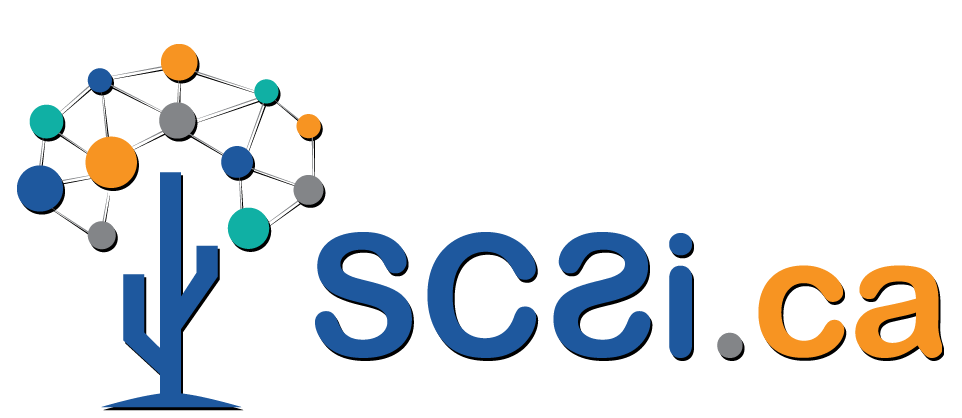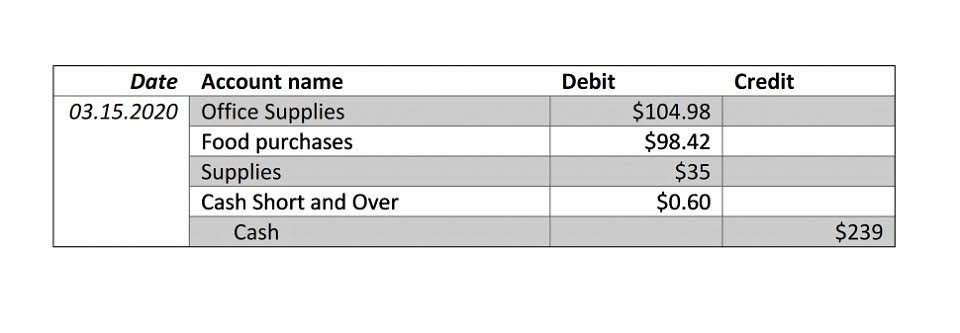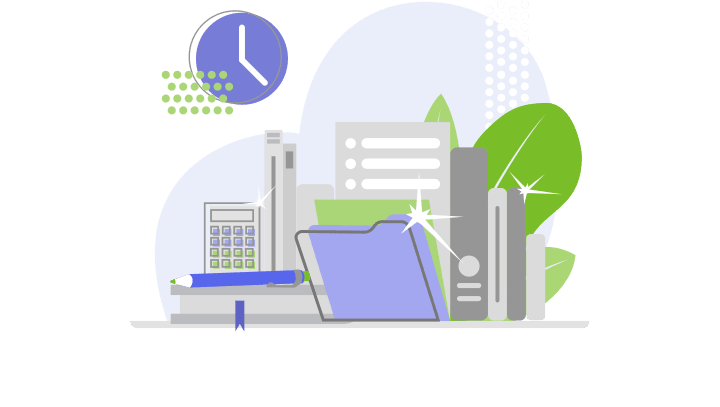Лучшие русские дистрибутивы Linux
Начнем с самых популярных и новых дистрибутивов, и постепенно опустимся к менее известным. Но все представленные здесь варианты действительно лучшие российские дистрибутивы Linux и заслуживают вашего внимания. Мы уже рассматривали и лучшие дистрибутивы за 2016 год, и самые красивые дистрибутивы Linux. Теперь пришло время затронуть лучшие русские дистрибутивы Linux. Дистрибутивы разработанные в России, или по крайней мере Российскими разработчиками. На самом деле, дело с русскими дистрибутивами обстоит не так уж плохо.
Лучшие русские дистрибутивы Linux
Есть несколько компаний разрабатывающих Linux, очень даже неплохо и даже с поддержкой государства. Многие российские дистрибутивы завоевали всемирную известность. Последний релиз, на момент написания статьи состоялся 17 марта 2016, и это версия Astra Linux 1.11. В отличии от MOSP здесь полностью переделан установщик и увеличено количество приложений, поставляемых по умолчанию. Периодичность выхода релизов – раз в три месяца.
- На самом деле, дело с русскими дистрибутивами обстоит не так уж плохо.
- На данный момент ZorinOS поставляется в виде двух основных версий – стабильная 9, и самая новая 11.
- Вместе с системой поставляется множество собственного программного обеспечения.
- И надо сказать, что достаточно популярный, еще одно доказательство, что русские дистрибутивы linux популярны не только в России.
- Это еще один дистрибутив корпоративного класса, очень похожий на Windows.
комментариев к “Лучшие русские дистрибутивы Linux”
Также вместе с дистрибутивом поставляются все необходимые медиа кодеки.
комментариев к “Лучшие русские дистрибутивы Linux”
Основное назначение дистрибутива – новые пользователи. Интерфейс системы и оформление окон немного похожи на стиль Windows, https://fxrating.com.ua/ а это поможет новым пользователям лучше освоится в системе. В качестве оболочки рабочего стола используется KDE.
Операционная система ZorinOS разработана выходцем из России Артемом Зорином, который на данный момент находится в Ирландии. Это еще один дистрибутив корпоративного класса, очень похожий на Windows. И надо сказать, что достаточно популярный, еще одно доказательство, что русские дистрибутивы linux популярны не только в России. Основная цель этого дистрибутива Биржевые Облигации Серии Бо – предоставить новичкам отлично локализованую и простую систему со всем необходимым программным обеспечением из коробки. Кроме того, есть и собственное программное обеспечение, например, утилита Runtu Assistant, которая поможет новым пользователям лучше настроить систему. Вместе с системой поставляется множество собственного программного обеспечения.
комментариев к “Лучшие русские дистрибутивы Linux”
Все приложения, разработанные авторами дистрибутива имеют префикс fly. Кстати важно заметить что файловый менеджер fly очень напоминает проводник Windows. Последний релиз Runtu состоялся в марте 2015 года. Было обновлено программное обеспечение, добавлена поддержка 64 бит и внесены некоторые исправления. Изначально дистрибутив основывался на Mandriva, версия для рабочего стола и версия для сервера основывалась на Red Hat. Но после того как Mandriva была закрыта, проект OpenMandriva, был основан именно на Rosa Linux.
Во время установки можно выбрать компоненты дистрибутива, которые необходимо установить, и таким образом сформировать функциональность дистрибутива. На данный момент ZorinOS поставляется в виде двух основных версий – стабильная 9, и самая новая 11. Обе версии имеют редакции Core, Lite, Business и Ultimate. Первые две редакции бесплатны, а две последние доступны по цене 8.99 и 9.99 соответственно. Calculate Linux разрабатывается Александром Тратсевским из России. Это простая в использовании и установке система, предоставляющая большинство необходимого обычному пользователю программного обеспечения из коробки.











